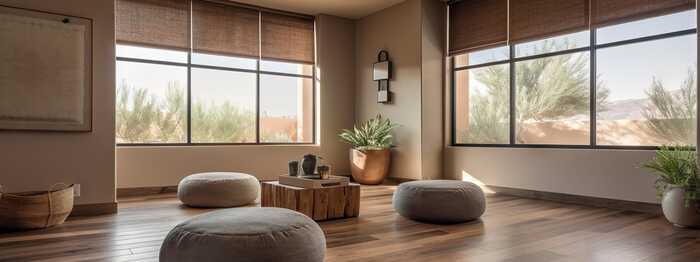Human-Centred Design: Innovations for Enhanced Well-Being
Architecture has the power to elicit a wide range of emotions and shape our experiences within the built environment. Beyond providing shelter and security, a well-designed building has the ability to trigger a wide range of positive sensory responses; from feelings of connectivity and belonging to ones of happiness and optimism. The impact of architecture, however, extends beyond the emotional realm and influences our physiological responses as well. Research has shown that the design of buildings and urban spaces can have profound effects on human health and mental well-being.
One of the most compelling findings in this growing body of research is the significant role that exposure to nature and green spaces plays in promoting long-term health and happiness. Cramped and uninspiring environments, meanwhile, can have detrimental effects on individuals. In response to these insights, a solution-based approach known as human-centred architecture has emerged, which seeks to optimise the relationship between people and buildings by placing human needs, behaviours, and emotions at the centre of the design process.
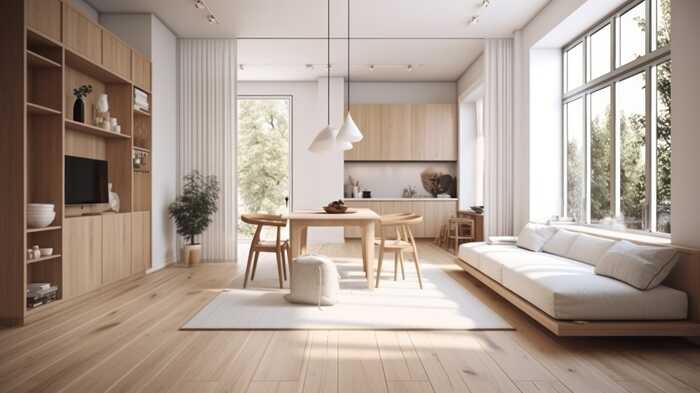
Understanding human-centred architecture
Human-centred architecture shouldn’t be thought of as a specific design style, but rather a holistic approach that addresses the individual needs of a household. Its purpose is to create solutions that are tailored to the specific problems and opportunities faced by users within a given context. By understanding the people who will inhabit and interact with a building, human-centred architecture aims to enhance their well-being and quality of life.
At the heart of human-centred architecture lie two key principles: empathy and innovation. By fostering empathy, architects and designers can hope to understand the needs and behaviours of the people they are designing for. This helps form the foundation for creating spaces that truly meet the needs of the user. Innovation, meanwhile, finds creative solutions to address those needs effectively. By combining these two factors, human-centred architecture bridges the gap between the physical structures and the people who interact with them.
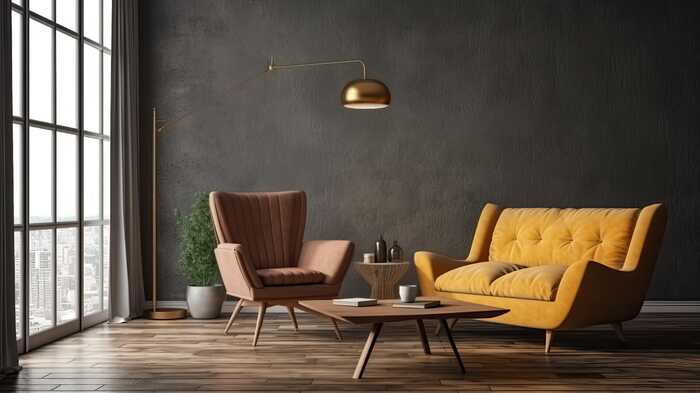
Creating spaces that prioritise well-being and comfort
Designing family homes with open-plan layouts enhances connectivity and promotes interaction among family members. Removing walls between the kitchen, dining area, and living room allows for easy communication and shared experiences. It creates a sense of togetherness and encourages family bonding.
Creating cosy and inviting social spaces within the home, such as a dedicated family room or snug, provides a comfortable setting for relaxation and connectivity. Plush seating, soft textiles, and warm lighting contribute to a welcoming atmosphere.
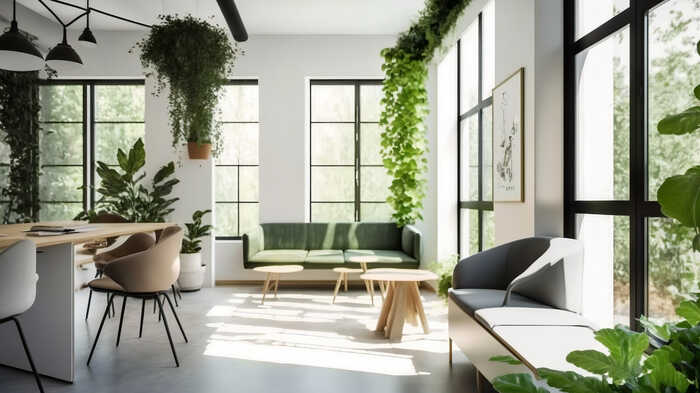
Incorporating biophilic design
Integrating indoor gardens or green walls within the family home brings nature closer to the occupants, promoting a sense of tranquillity and improving indoor air quality. The presence of plants and natural elements creates a visually appealing environment and enhances well-being.
Incorporating natural materials, such as wood or stone, throughout the home adds warmth and a connection to the natural environment. Wood flooring, exposed brick walls, or stone accents bring a touch of nature indoors, creating a soothing and inviting atmosphere.
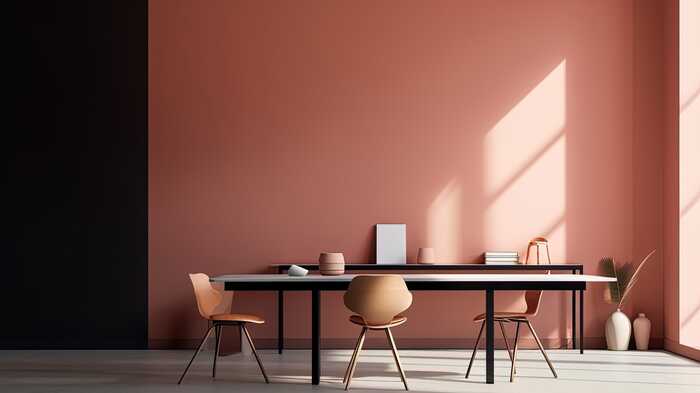
Harnessing natural light
Installing skylights or roof lanterns in key areas of the home, such as the kitchen or living room, allows natural light to flood in from above, creating a bright and uplifting environment. It reduces the reliance on artificial lighting and provides a connection to the changing patterns of daylight.
Strategically positioning windows to capture natural light throughout the day ensures well-lit spaces, while incorporating large windows in common areas, bedrooms, and workspaces maximises daylight penetration, promoting a positive and energetic atmosphere.

Smart home solutions
Implementing smart home automation systems that control lighting, temperature, and entertainment systems offers convenience and energy efficiency. Family members can easily customise their living environment, adjusting lighting levels, or regulating the heating or cooling according to their preferences.
Utilising smart home apps designed specifically for families can help manage schedules, control access to devices or content, and enhance safety and security measures within the home. These apps facilitate seamless communication and organisation among family members, promoting efficiency and harmony.
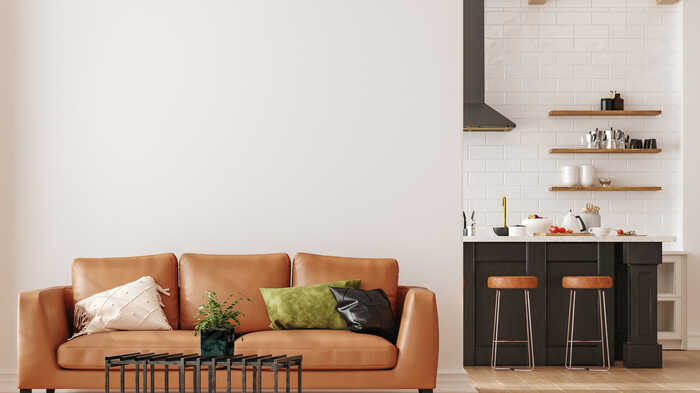
Embracing sustainable materials and practices
Choosing energy-efficient appliances for the kitchen and laundry room helps reduce energy consumption and utility costs while promoting environmental sustainability. Energy-star rated refrigerators, dishwashers, and washing machines save resources without compromising functionality.
Installing low-flow taps, showerheads, and toilets, as well as rainwater harvesting systems, supports water conservation efforts and encourages responsible water usage within the family home. Efficient water management helps preserve this vital resource for future generations.
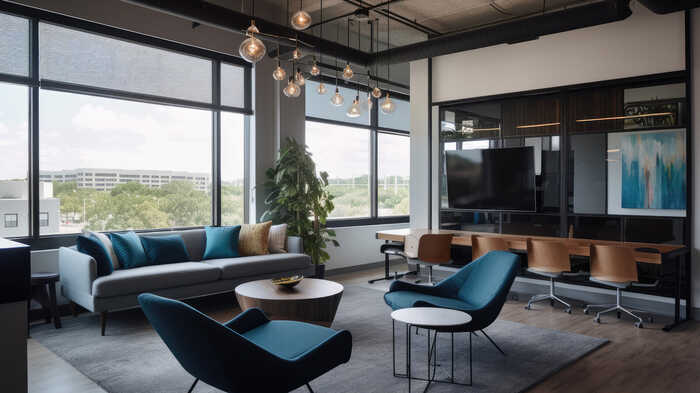
Enhancing accessibility and inclusivity
Incorporating universal design principles in the family home ensures accessibility and inclusivity for family members of all ages and abilities. This may involve features such as step-free entrances, wide doorways, and lever handles. Adaptable living spaces accommodate changing needs and promote independent living.
Designing flexible spaces within the home, such as adjustable countertops or modular furniture, allows for customisation to accommodate the evolving needs of the family, including individuals with disabilities or mobility challenges. Adaptable features, such as height-adjustable countertops and easily reconfigurable furniture, ensure that the home can accommodate different activities and changing requirements.
Feeling inspired?
Incorporating human-centred design principles into family homes can significantly enhance the well-being and quality of life of its occupants. By prioritising well-being and comfort, integrating biophilic design elements, harnessing natural light, utilising smart technologies, embracing sustainable materials and practices, and enhancing accessibility and inclusivity, architects and designers can create family homes that truly support the needs and aspirations of modern families.
If you’re planning a renovation or new build, and would like to incorporate some of these hollisitc design elements into your home, Maidenhead Planning is here to help. From initial concept development to final construction, we can provide expert advice and assistance to help bring your architectural dream to life. Why not get in touch or book a free video consultation today?
Posted by Wouter De Jager on July 4th 2023

